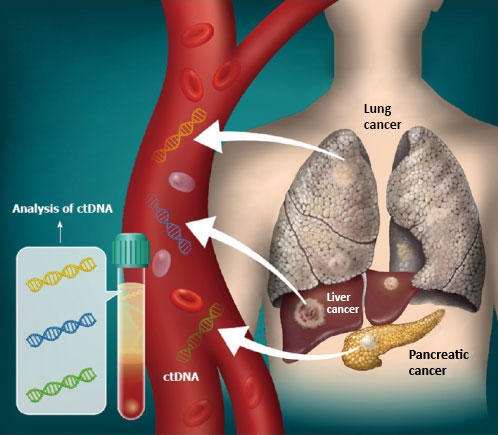A team of Brown University researchers has identified a promising new approach that may one day help to restore vision in people affected by macular degeneration and other retinal disorders.
PROVIDENCE, R.I. [Brown University] - A new study by Brown University researchers suggests that gold nanoparticles - microscopic bits of gold thousands of times thinner than a human hair - might one day be used to help restore vision in people with macular degeneration and other retinal disorders.
In a study published in the journal ACS Nano and supported by the National Institutes of Health, the research team showed that nanoparticles injected into the retina can successfully stimulate the visual system and restore vision in mice with retinal disorders. The findings suggest that a new type of visual prosthesis system in which nanoparticles, used in combination with a small laser device worn in a pair of glasses or goggles, might one day help people with retinal disorders to see again.
"This is a new type of retinal prosthesis that has the potential to restore vision lost to retinal degeneration without requiring any kind of complicated surgery or genetic modification," said Jiarui Nie, a postdoctoral researcher at the National Institutes of Health who led the research while completing her Ph.D. at Brown. "We believe this technique could potentially transform treatment paradigms for retinal degenerative conditions."
Nie performed the work while working in the lab of Jonghwan Lee, an associate professor in Brown's School of Engineering and a faculty affiliate at Brown's Carney Institute for Brain Science, who oversaw the work and served as the study's senior author.
Retinal disorders like macular degeneration and retinitis pigmentosa affect millions of people in the U.S. and around the world. These conditions damage light-sensitive cells in the retina called photoreceptors - the "rods" and "cones" that convert light into tiny electric pulses. Those pulses stimulate other types of cells further up the visual chain called bipolar and ganglion cells, which process the photoreceptor signals and send them along to the brain.
This new approach uses nanoparticles injected directly into the retina to bypass damaged photoreceptors. When infrared light is focused on the nanoparticles, they generate a tiny amount of heat that activates bipolar and ganglion cells in much the same way that photoreceptor pulses do. Because disorders like macular degeneration affect mostly photoreceptors while leaving bipolar and ganglion cells intact, the strategy has the potential to restore lost vision.






